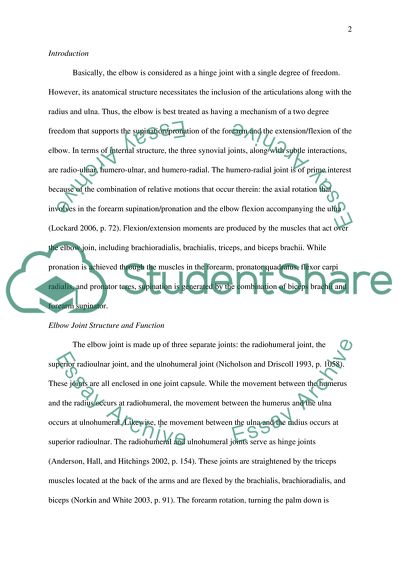Cite this document
(Biomechanical Forces Action on Elbow Essay Example | Topics and Well Written Essays - 1500 words, n.d.)
Biomechanical Forces Action on Elbow Essay Example | Topics and Well Written Essays - 1500 words. https://studentshare.org/health-sciences-medicine/1560429-biomechanical-forces-acting-on-elbow-a-static-analysis
Biomechanical Forces Action on Elbow Essay Example | Topics and Well Written Essays - 1500 words. https://studentshare.org/health-sciences-medicine/1560429-biomechanical-forces-acting-on-elbow-a-static-analysis
(Biomechanical Forces Action on Elbow Essay Example | Topics and Well Written Essays - 1500 Words)
Biomechanical Forces Action on Elbow Essay Example | Topics and Well Written Essays - 1500 Words. https://studentshare.org/health-sciences-medicine/1560429-biomechanical-forces-acting-on-elbow-a-static-analysis.
Biomechanical Forces Action on Elbow Essay Example | Topics and Well Written Essays - 1500 Words. https://studentshare.org/health-sciences-medicine/1560429-biomechanical-forces-acting-on-elbow-a-static-analysis.
“Biomechanical Forces Action on Elbow Essay Example | Topics and Well Written Essays - 1500 Words”. https://studentshare.org/health-sciences-medicine/1560429-biomechanical-forces-acting-on-elbow-a-static-analysis.


